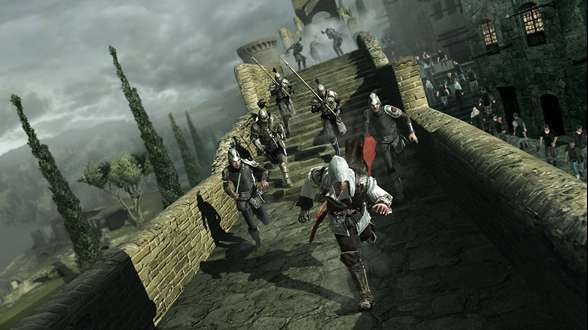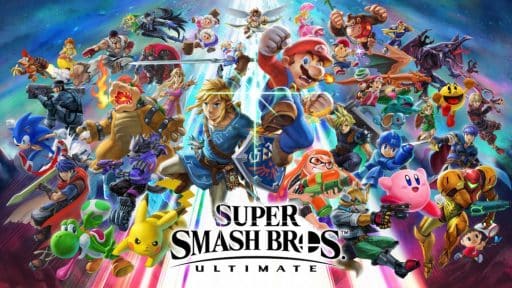Ubisoft‘s third person action-adventure video game Assassin’s Creed II is the second installment of Assassin’s Creed series. They recently released this game for Windows.
It’s brilliant. Don’t buy it. The copy protection of Assassin’s Creed II requires you to be connected to publisher Ubisoft’s servers every moment you play. Any interruption to that connection kicks you out and erases all the progress you’ve made since the last checkpoint. We cannot wholly recommend a game that imposes such stringent and potentially problematic restrictions on paying customers without good reason.
It doesn’t change the quality of the game, and it’s not for us to tell you how much it should piss you off. But it’s more important than ever to know how good the game is, so we’re giving Assassin’s Creed 2 the score the game itself deserves. Only you know how much Ubisoft’s copy protection spoils that for you. In most other respects Assassin’s Creed II is a textbook example of how to listen to your fans and address their concerns. It expands the faltering first game into a huge and beautifully formed world, riddled with satisfying things to do.
In both you’re an assassin, but Creed II’s Ezio is a lot easier to get along with than the awful asshole they asked you to play in the first game: he’s fiery, but rarely a jerk. The world is Renaissance Italy, soft-lit and etched out in fetishistic detail. You prowl it with a freedom and fluidity unique to the series: run in a straight line and you’ll hop fences, spring off barrels, and scramble up sheer walls, snatching sills, beams and grills until you wriggle onto the roof.
What’s different here is that these huge and ancient urban playgrounds are full of secret tombs to find, guarded gold to steal, personal contracts to perform, pickpockets to chase down, forgotten weapons to appropriate, and, oddly, cheating husbands to pummel. The pummelling, and the armed combat, are both hideous fun. Standard attacks do little: instead it’s about distraction, backstabbing, disarming and counter-attacks. Each is exquisitely animated: the warhammer killing moves in particular apply a grim mix of golf, baseball, and hockey strokes to an enemy skull.
It’s broadly a good conversion to the PC: it looks delicious at 1920×1200, it’s stable and fast to Alt + Tab from, and there are a few nice tweaks such as enemy health indicators. But control prompts don’t actually tell you what key to press (“Press [legs] to move your legs” – thanks man), and it really chugs on a 2.6GHz dual-core with an 8800GT (the recommended spec).
The game itself has two further problems. The first is a control system that requires you to hold down three separate keys to sprint, where ‘grab enemy’ is the same button as ‘drop weapon’, where turning with the mouse is sluggish and turning with the keys is imprecise. The second is a general clumsiness with scripted sequences: most notably some dismal chase scenes where your quarry repeatedly blocks your route with nonsense traps, only to wait for you to catch up around the next corner.
The general spirit is marvellously silly. Leonardo da Vinci is your arms dealer. You can become invisible by hiring four hookers. And when you cleave a particularly hefty guard’s skull in two with his own battleaxe, Ezio gives him a gentle prod on the chest to pitch him over.
The first game was a miracle of animation and movement, but it’s Creed 2 that worked out how to turn that miracle into fun. It’s enormous, free-form and packed with stuff to chase, stalk and kill. It’s sad that we each now have to decide whether its ridiculous copy protection method negates a genuinely great game.
Source: Gamesradar






![Read more about the article Elemental Rage HD for iPad 2 [Review]](https://thetechjournal.com/wp-content/uploads/2011/05/ElementalRageicon-150x150.jpg)
Pingback: Private Servers